Morocco is a burst of colours. Its landscapes display extremities of geography. Sandy beaches. Medieval Cities. Lush green hills. Snowcapped mountains. Even, the Sahara. This gateway to Africa is a melting pot of cultures, lived by mostly Arabs and Berbers (an indigenous ethnic group of North Africa), with a hint of French and Spanish influence. Yet besides the extensively reported Arab Spring, much of Morocco’s beauty remains a secret. Here are 8 best places to visit in this beautiful country:
1. Casablanca
Casablanca is the commercial heart of Morocco and also its largest city. Being a well-connected hub, it is usually the starting point where travellers fly in to explore the rest of Morocco. However, it’s worth to spend at least a day visiting King Hassan II Mosque and the Old Medina.
The Hassan II Mosque is the largest mosque in Africa (7th largest worldwide) and its minaret is the world’s tallest (210 metres). The spectacular mosque sitting on the North Atlantic coast is a sight to behold.

The magnificent mosque sits right next to the waterfront, where you can simply sit on the rocks and watch the locals go about their own lives.
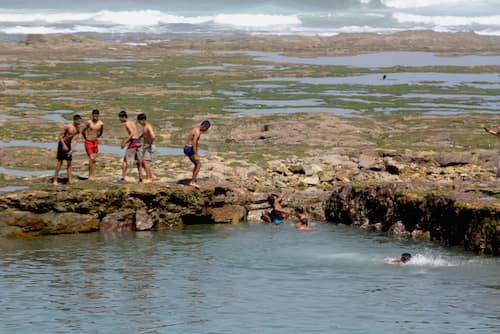
Catch more local life at the Old Medina, just 15 min from Hassan II Mosque on foot. Though less spectacular than the bustling medinas of Fes or Marrakech, it’s still a great way to experience Casablanca’s streets (and grab a freshly squeezed orange juice at a street stall too).
2. Meknes
Meknes was an accidental site during my trip. We were actually on the way to Fes from Casablanca and since we couldn’t make out the train announcement, simply alighted at the next station after 3.5 hours (the estimated time needed) – only to realize we were in the wrong city.
It was a blessing in disguise. Meknes – albeit the lesser known imperial city – was friendlier and less touristy than Fes. We had a peaceful time walking through the old town and hopped onto a caleche (horse-drawn carriage) that brought us through the high walls of the old city.

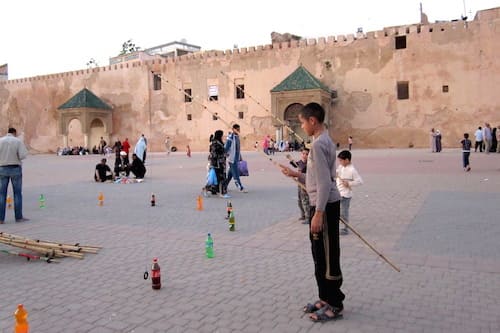
One of my most memorable moments at Meknes though, was when we stumbled upon a gorgeous 200-year old riad (guesthouse) tucked away in a narrow alley. The deceivingly small door opened up to a vast courtyard, complete with draping curtains and intricate moroccan designs its walls – even a rooftop terrace and pool!
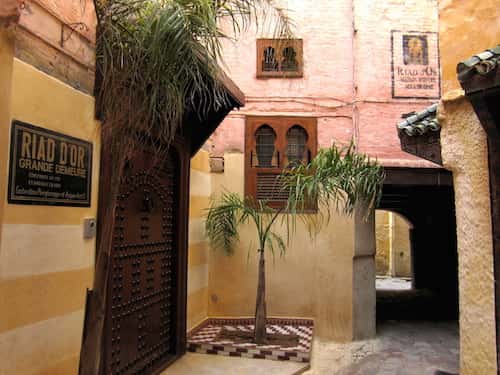

3. Fes
Fes is completely unlike any other place I’ve seen on earth. Morocco’s oldest imperial city of Fes el-Bali is the Arab’s best-preserved and also the world’s largest urban area without motor vehicles. Once you step inside the ancient walled city, it’s like you’re thrown back in time. Ignite your senses with the surrounding sights, smells and sounds as you navigate through the maze of narrow cobbled streets, dodging incoming donkeys, pushcarts and touters with a surprise that springs up at each turn.
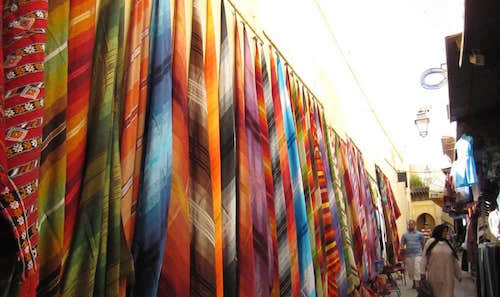
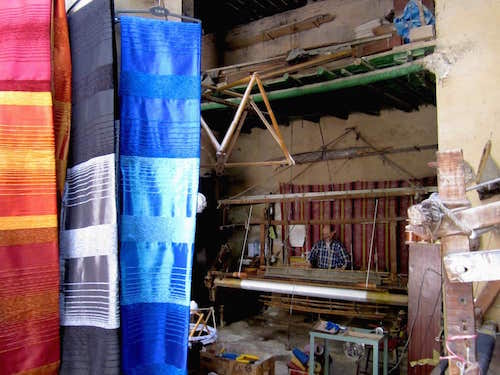
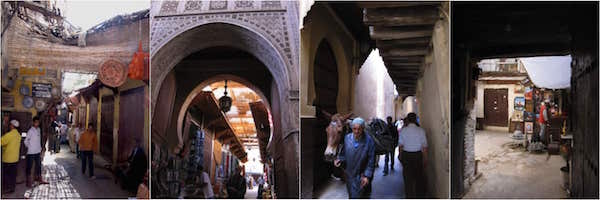
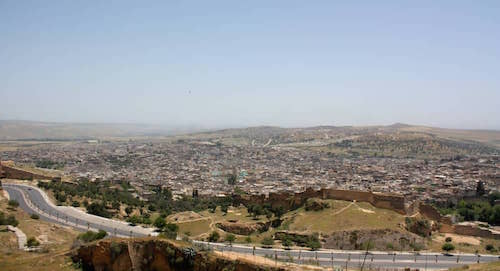
The most spectacular thing to see in Fes is the tanneries. Morocco has been famous for its leather since medieval times and their ancient method of leather production remains unchanged today. Round pools of dyes spread out like a huge watercolour palette, where tanners dip their raw leather in, sometimes waist deep in dyes themselves.
It is not a pleasant place to work in. While it’s a fascinating sight, the pungent smell is overbearing. The raw hides have been soaked in pigeon droppings (mixed with acids and cow urines) to soften the tough leather.
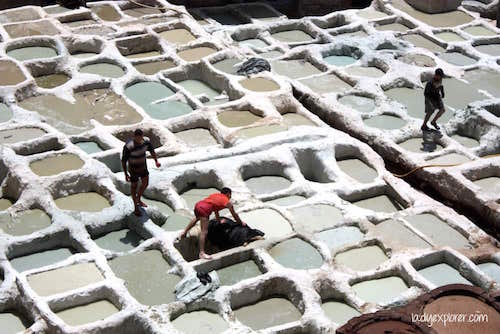
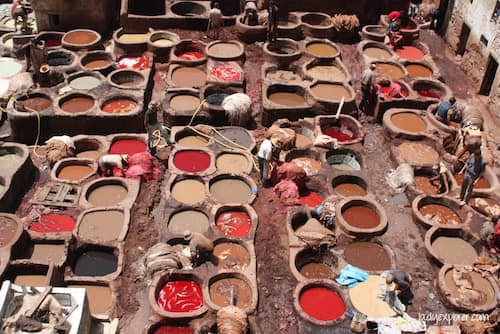
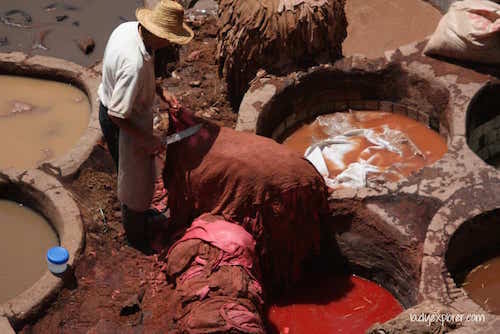
4. Middle Atlas


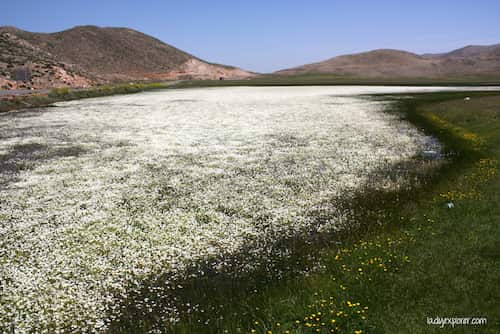
It is through the Middle Atlas that one can experience nature juxtaposing at its best, be it hot deserts against snowcapped mountains or oases of azure waters emerging from dry, barren land. As we drove eastwards, I watched in fascination as the landscape transformed dramatically, reducing from lush greenery to rocky desert and finally, the Sahara.

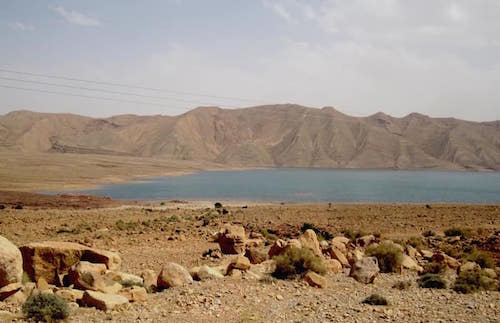
5. The Sahara
Almost 7 hours on the road from Meknes brings you to the dunes of Merzouga, a village on the edge of Erg Chebbi, Sahara. Ergs are large seas of dunes formed by wind-blown sand, our guide Ibrahim had explained, and it is easy to get lost inside with the ever-changing landform.
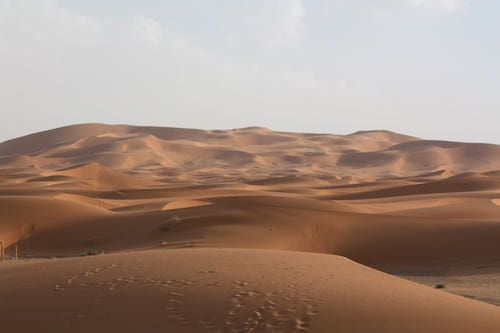
The dunes of Erg Chebbi can reach up to 150m and covers an area of 50 km from north to south and up to 5-10 kilometers from east to west lining the Algerian border.
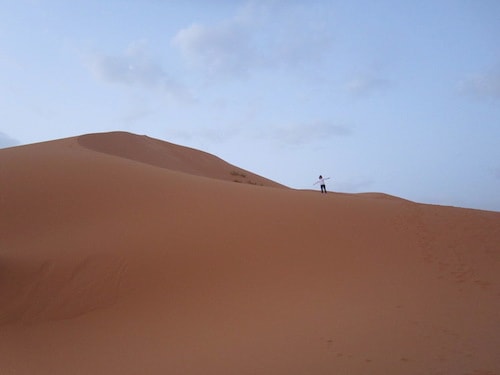
We caught a glimpse of Berber life out in the wild desert by crossing (a small part of) the desert and spending a night in Berber tents.
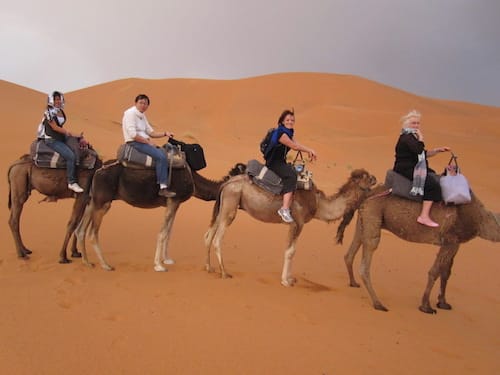
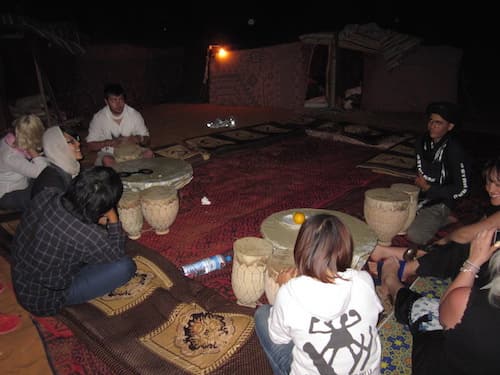
When the lights went off, a young playful Berber boy had asked if I wanted to try “Berber ski”. Curious to find out what it was, we wandered off from our tents and climbed a dune. Turns out that Berber ski was simply having both ankles grabbed and dragged down the sandy slopes as the initial momentum continues to let you slide all the way down. I guess there’s always a first for everything.
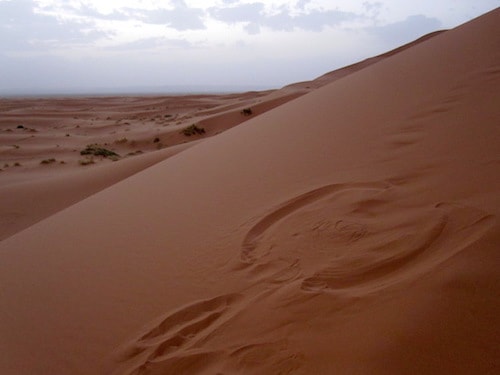
6. High Atlas
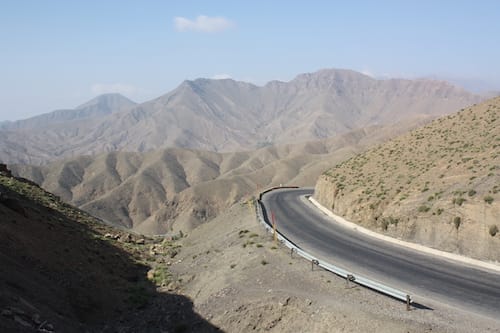
The High Atlas is North Africa’s greatest mountain range. It is rich with indigenous Berber culture that lives in the various villages and kasbahs (fortified old city), spread across peaks and valleys. The locals travel mostly by foot between the villages. Along the way, we picked up three local women who were walking on the side of the road – quite a distance back to their homes – with their day’s loot in one hand and babies in another.
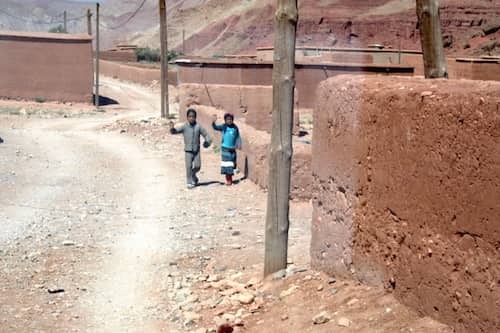
We dropped by the Jewish Mellah quarter of Tinghir, at the foot of the High Atlas. A walk through its narrow streets offers a peek into the locals getting on with their everyday life.
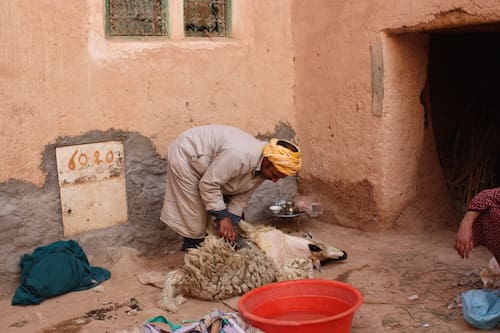
From the edge of the Sahara, we drove back to civilization through the beautiful mountain pass, Tizi n’Tichka that cuts through the High Atlas Mountains to connect to Marrakesh. Many famous sights line the path, including the dramatic Todgha Gorge and Ait Benhaddou, the UNESCO World Heritage site that has been the setting for several blockbusters.

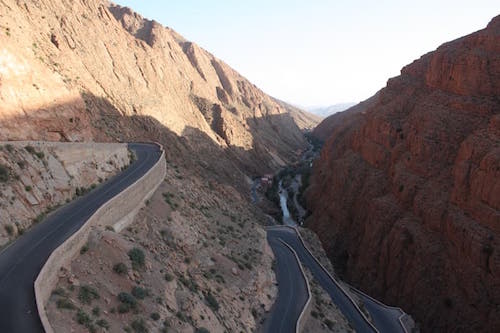
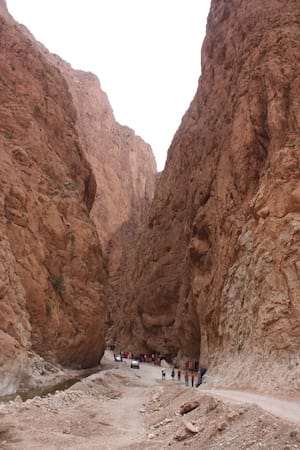
7. Ouzoud Falls
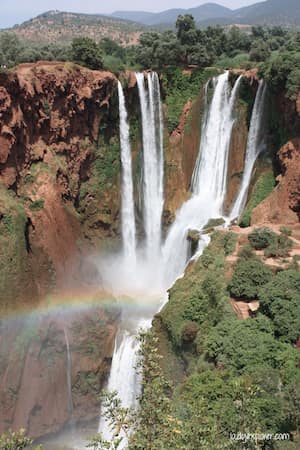
At 110m high, Ouzoud Falls or Cascade d’Ouzoud is the highest waterfall in North Africa. The magnificent site is about 2 hours from Marrakech and can be done as a day trip.
We started from the top of the waterfall, slowly hiking towards the bottom and catching amazing views along the way. It’s possible to get up close to the thundering waters from below by hopping onto a wooden raft.

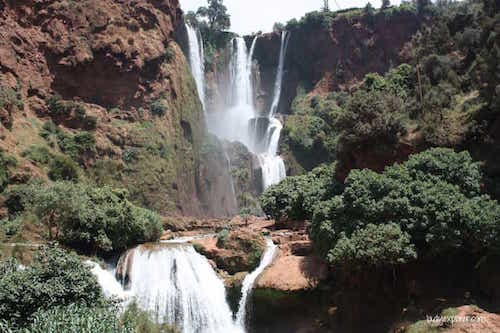
8. Marrakech
Of course, no visit to Morocco is complete without Marrakech. Navigating the streets of the old medina is like an assault to all your senses. The path from our guesthouse to Place Jemaa el Fna was a stressful one. In the end, I had to convince myself that I was playing an Aladdin-styled computer game through ancient cobbled mazes of the walled city, where monsters come in the form of kids that attack you with “konichiwa” or “vous cherchez quoi?”. Each alley springs a new surprise. But we arrived at the square eventually, bustling life in the form of hawkers and street performers. We had won the game!
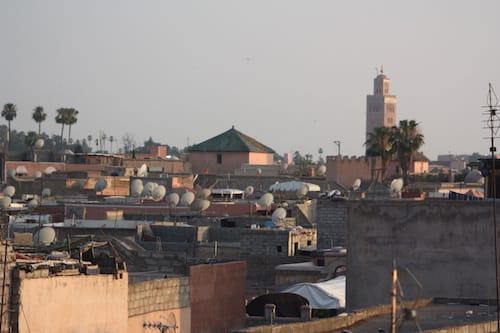

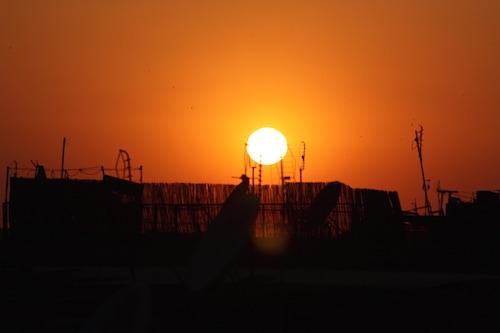
There you have it, 8 reasons why Morocco is sucha hidden gem (and also one of my favourite travel destinations in the world). If you’ve made it this far, thank you! Pardon the long post – there are just too many beautiful places and photos of this magical, colourful country that I need to do them justice. I hope it has inspired you to visit as well 🙂
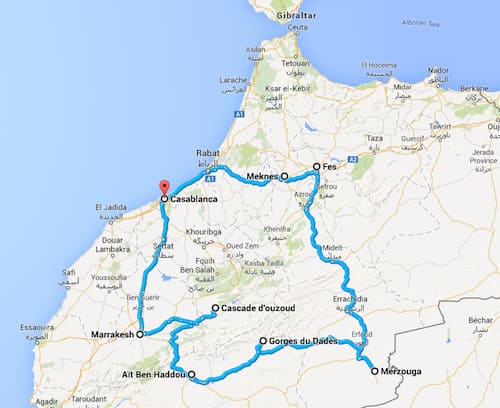

4 replies on “8 Best Places to Visit in Morocco”
[…] that came with youth meant I took a lot of things for granted. A walk through the tanneries of Morocco simply translated into a ‘grossly stinky but authentic’ experience. It didn’t strike me until […]
[…] that came with youth meant I took a lot of things for granted. A walk through the tanneries of Morocco simply translated into a ‘grossly stinky but authentic’ experience. It didn’t strike me until […]
[…] Morocco is a hidden gem’. Because why will anyone even search that? After I changed it to ‘8 Best Places to Visit in Morocco’, search traffic started streaming […]
Great post on Morocco! We are preparation to devote a week to 10 days exploring the country in May 2018. Thanks for the excessive ideas for places to visit